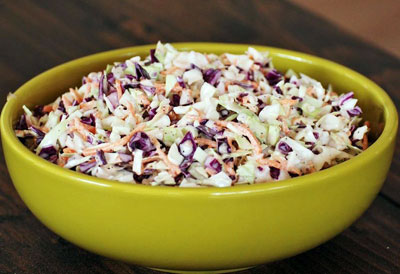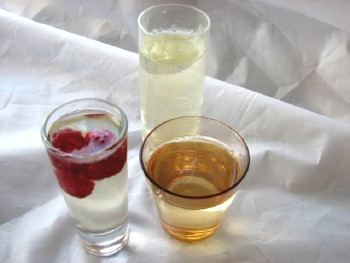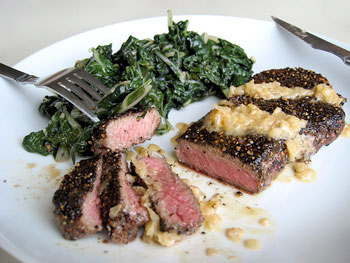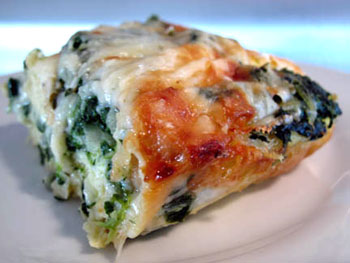 It’s hard to believe that we’re already approaching Labor Day weekend – the summer just flew by. According to the Hearth, Patio & Barbecue Association (HPBA), Labor Day is one of the most popular holidays for barbecuing - after 4th of July and Memorial Day.
It’s hard to believe that we’re already approaching Labor Day weekend – the summer just flew by. According to the Hearth, Patio & Barbecue Association (HPBA), Labor Day is one of the most popular holidays for barbecuing - after 4th of July and Memorial Day.
So most likely, if you’re not hosting a gathering, you’ve been invited to one. No other side dish embodies a cookout quite the same as coleslaw. When made correctly, it’s the perfect accompaniment to savory barbecued meats and vegetables.
The trick is to create a crisp salad with fresh vibrant flavors that isn’t too sweet or too soupy. This is one of my favorite “dressings” for coleslaw. It can be made ahead and stored in the refrigerator until you’re ready to toss with the cabbage and veggies.

 Ok, so England isn't the home of one of the world's greatest cuisines, but it has exported a number of delicious dishes. I'm particularly fond of crumpets, Summer pudding, bangers and mash, fish and chips, the Sunday roast with Yorkshire pudding, and chicken tikka masala (while not completely English the combining of chicken tikka with a masala sauce is believed to be a British invention). On the rise in popularity are
Ok, so England isn't the home of one of the world's greatest cuisines, but it has exported a number of delicious dishes. I'm particularly fond of crumpets, Summer pudding, bangers and mash, fish and chips, the Sunday roast with Yorkshire pudding, and chicken tikka masala (while not completely English the combining of chicken tikka with a masala sauce is believed to be a British invention). On the rise in popularity are  Now and then I have a craving for red meat. And when that craving comes
I want a meal that's fast and easy to make. Steak au poivre is my
answer. It's a French-restaurant favorite. I don't think there's anyone
out there who can dispute that. It's one of my absolute favorite dishes
and I almost always order it if I see it on a menu. But it's so simple
to make at home when I feel like staying in. It's quickly cooked in a
pan followed by a luxurious sauce that includes brandy and white wine.
This recipe can be made for a quiet romantic dinner for two or even
doubled or tripled for an elegant dinner party.
Now and then I have a craving for red meat. And when that craving comes
I want a meal that's fast and easy to make. Steak au poivre is my
answer. It's a French-restaurant favorite. I don't think there's anyone
out there who can dispute that. It's one of my absolute favorite dishes
and I almost always order it if I see it on a menu. But it's so simple
to make at home when I feel like staying in. It's quickly cooked in a
pan followed by a luxurious sauce that includes brandy and white wine.
This recipe can be made for a quiet romantic dinner for two or even
doubled or tripled for an elegant dinner party. Here's a great dish that does double duty: it can be dinner tonight and lunch tomorrow. It's delicious served slightly warm or chilled. And it's especially great for a Friday night Lenten dinner. Using readily available ingredients including my favorite cans of tuna, this dish is light on the wallet too. For the best taste and texture use white albacore tuna packed in oil. It's much better than the chunk light in water.
Here's a great dish that does double duty: it can be dinner tonight and lunch tomorrow. It's delicious served slightly warm or chilled. And it's especially great for a Friday night Lenten dinner. Using readily available ingredients including my favorite cans of tuna, this dish is light on the wallet too. For the best taste and texture use white albacore tuna packed in oil. It's much better than the chunk light in water. This is great for a Mother's Day morning breakfast because you can throw it together the night before. I make two or three pans for big brunch parties.
This is great for a Mother's Day morning breakfast because you can throw it together the night before. I make two or three pans for big brunch parties.
